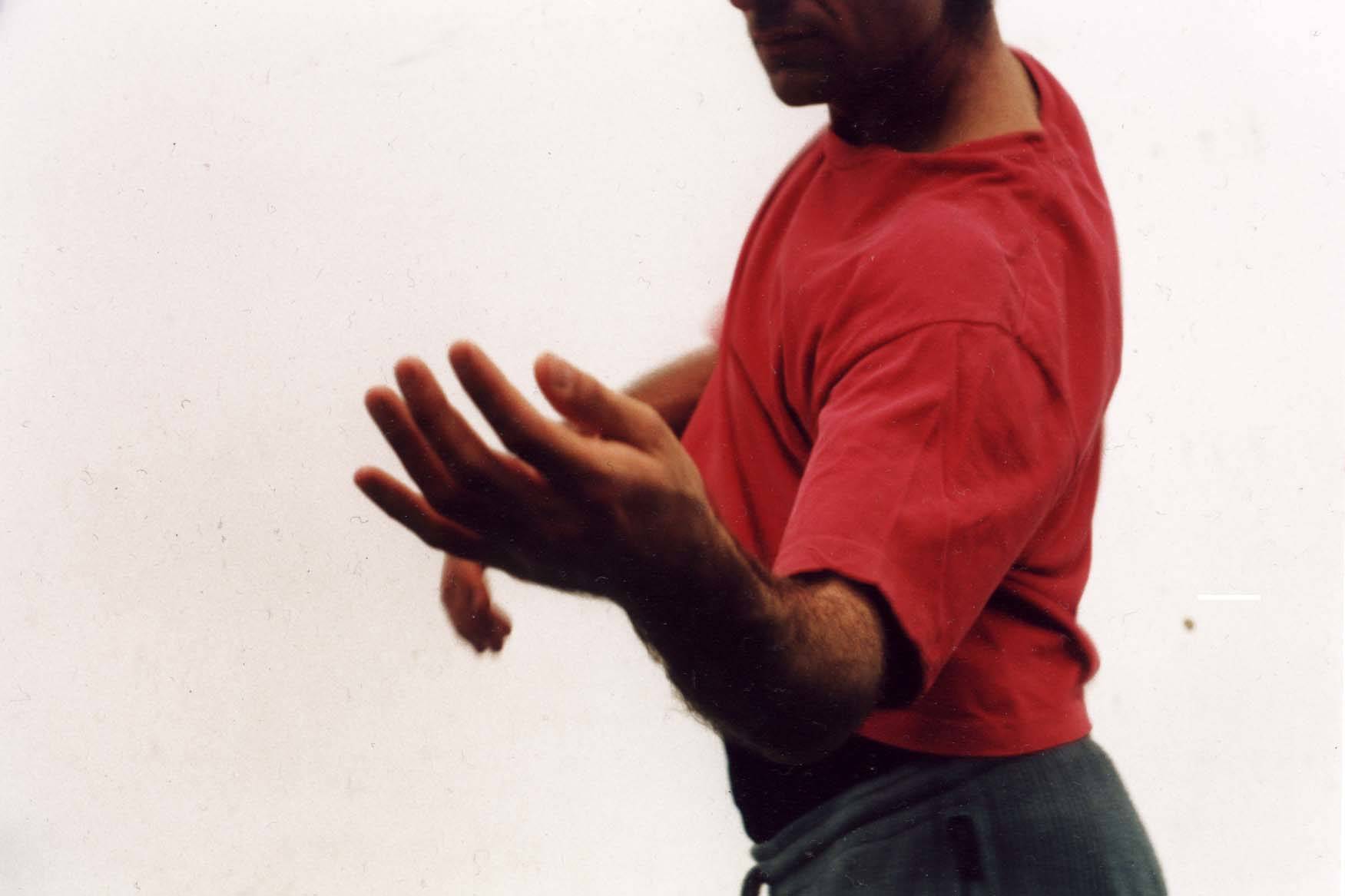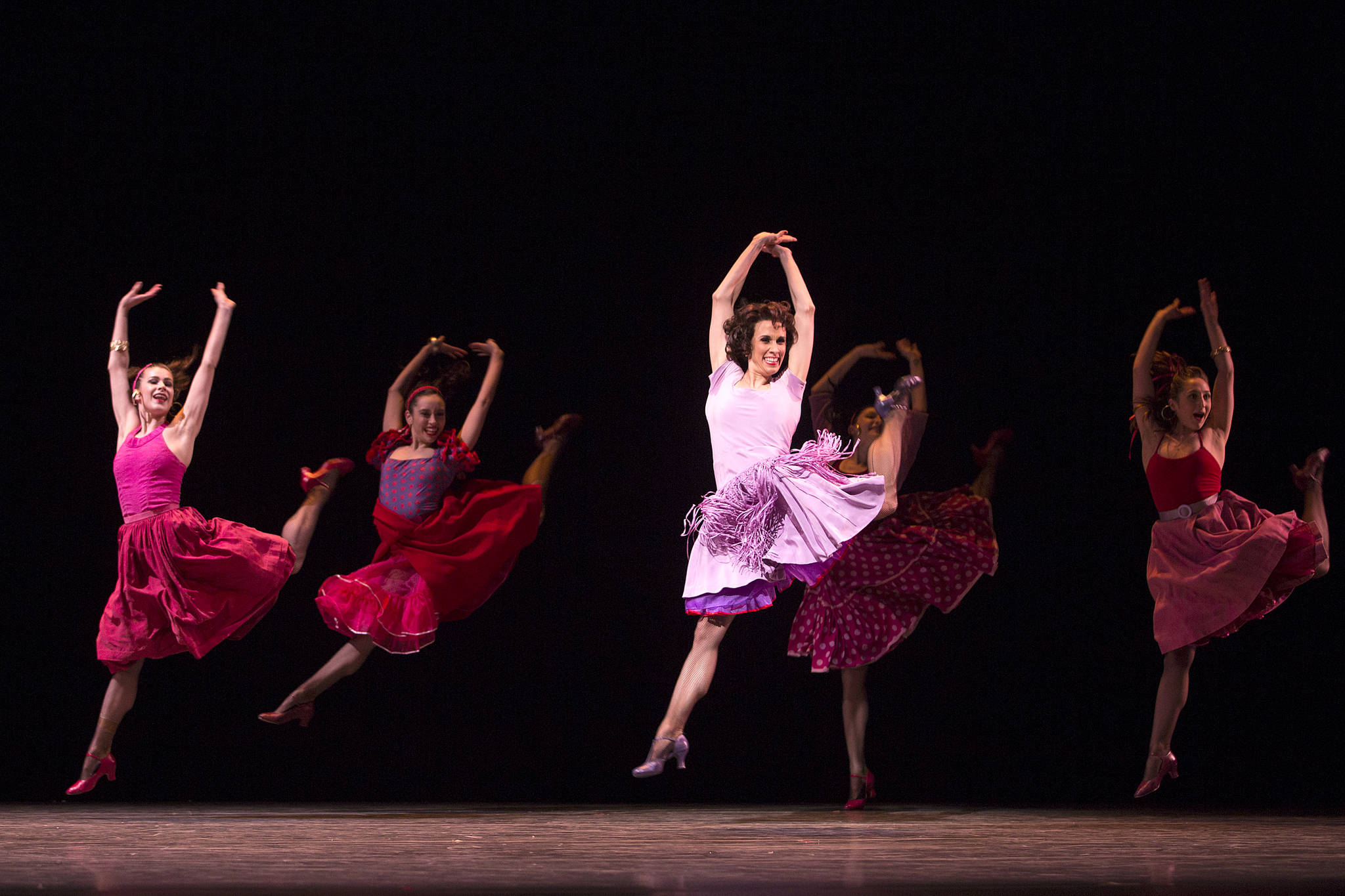I knew when I walked into Meany Theater last Thursday evening that the concert was going to be great, because earlier that day I’d consulted a Magic 8 Ball that said, “It is decidedly so.” Normally it would never have crossed my mind to ask, but it seemed an appropriate thing to do for a evening of dances by Merce Cunningham, who has been tossing coins and throwing dice in creating his work for more than 50 years.
Merce Cunningham Dance Company
UW campus, Meany Theater, April 29
In using chance procedures, Cunningham has separated himself from the conventions of most of 20th-century dance-making. There is no preordained relationship between the music and the dance, no particular development of character or plot. Whatever connections you find come as much from serendipity as they do from intention. This kind of choreographic independence still seems to astonish people, including a sincere but puzzled woman at a public lecture during the company’s last visit to Seattle, who seemed unwilling to believe that the dances were not choreographed to music (that indeed the dancers often don’t hear the score until the dress rehearsal or first performance). Cunningham’s response to her difficulty was unfailingly polite, but I couldn’t help wondering how many times in his career he’s had to give those same explanations. He’s been working at the edge of the field for so long, I forget how unusual his methods appear.
One of the most striking characteristics about Cunningham dancers is their sense of autonomy. They all seem sufficient unto themselves—even in a duet you think that one of the dancers could just walk away and the remaining partner would continue the phrase, hanging in the air. Their fleetness is reminiscent of ballet, but they don’t work in that traditionally ordered world. There is no follow shot on the principal couple, but rather a stage full of activity, with several equally wonderful things happening simultaneously.
The dancers flashed through Pond Way so that their loose pants would occasionally flutter in the breeze they created. Throughout one sequence a woman picks her way across the front of the stage, seemingly unaware of the help she receives as others carry her part of the way, while another couple circles each other before she arches back into his arms. In Scenario, tiny, precise footwork alternates with long strides and odd, almost courtly partnering. In a twist on the Elizabethan gesture, one couple seems to be holding elbows as they parade downstage. Rei Kawakubo’s costumes, with bulbous padding that distorts the performers’ normally sleek outlines add another layer of complexity to the mix.
Sounddance, the third work on the program, is 25 years old and comes from a period before all modern dancers automatically studied ballet. There’s less dependence on the facility of turned-out legs and loose hip joints. The movement is just as quick but slightly more quirky than in more recent dances. Everything in Sounddance runs at top speed; the performers burst into the space through a curtain upstage center and carom around like daft circus performers, then pair up for what looks like a lindy hop seen through a funhouse mirror.
During its time in Seattle, the company held class at Cornish College, Cunningham’s alma mater, and took a tour of the school. But at a time when most artists would be looking backwards with nostalgia, he is still moving forward. He’s been using the animation program LifeForms for several years to develop movement sequences in the computer rather than on his own body, and the company recently premiered Biped, a work incorporating images from motion-capture technology, that it hopes to bring to Seattle. And though, at 80, Cunningham looked rather stiff during his curtain call, I imagine he’ll be around to do it.







